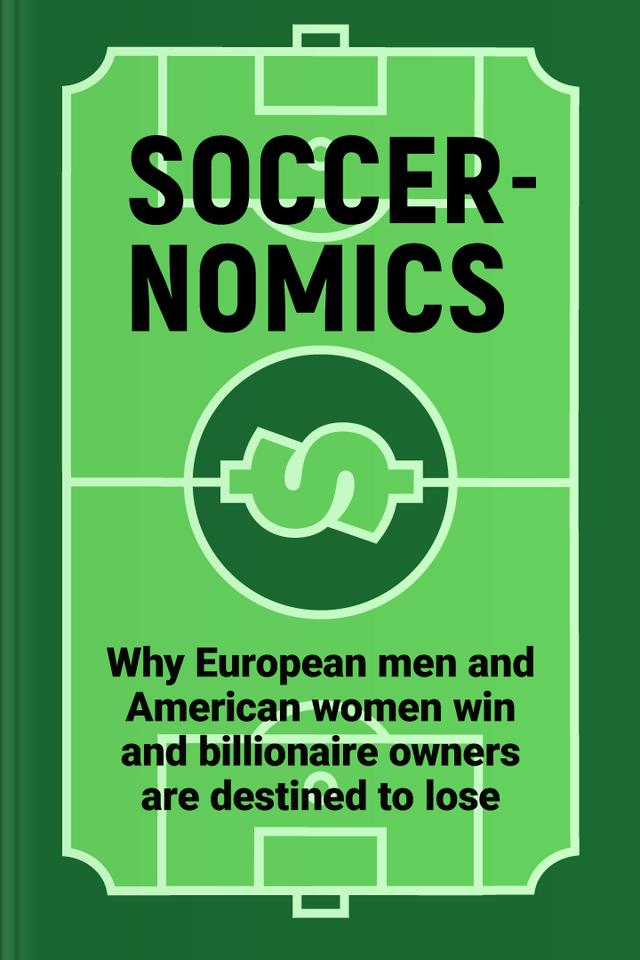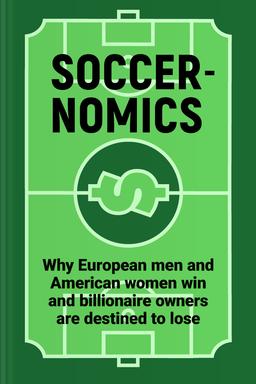You’ll learn
- Why football is such a bad business
- The mistakes of top clubs and managers
- Why data is crucial for the game
- How big clubs never disappear
- Why female footballers should receive reparations
russia has launched a full-scale war in Ukraine. Donate to support Ukraine and protect the world’s peace.

first KEY POINT
Football is the most popular and well-studied sport on the planet. Or is it? We all hear about the tons of money football players make; their star status worldwide can now overshadow the most famous movie stars. The World Cup is the Olympics of football, drawing in millions of fans to drop everything and travel to whatever corner of the world their national team is playing. You will be shocked to discover it hasn’t always been like that. Indeed, football has been a badly-run business with minimal revenue for most of its existence.Even though football enjoys its economic momentum, drawing in everyone from global fans to billionaires, there was little money in football until recent decades. Football clubs were never run like businesses, overlooking opportunities to earn more. So why is football always lagging behind?Like most sports, football cherishes tradition above all. But there is a difference between sticking to traditional ways of doing things and being stuck with them. Football relies on conventional beliefs, remaining a game run by men persuaded to do everything the way “it always was.” Overpaying mediocre players, hiring incompetent managers, and ignoring technology’s potential to help the game are just a few things holding football back.
For the longest time, football refrained from studying data. Originally, sports statistics played a role in entertaining fans and selling newspapers. But in the era of big data, clubs have infinite information to analyze. Statistics are innovating the game and forcing people to go back and discover what’s been wrong with it all along. This tidbit will tell you more about the game’s biases that persist in the football culture and uncover common misconceptions that still guide the game.
second KEY POINT
The traditional way is not necessarily the best — this is the lesson football should have learned a long time ago. Despite being incredibly popular, football remains a sport based on many harmful practices. The transfer system is one of the industry’s most common and accepted things. But when you detach from the football’s context, our authors describe it as a “modern human trafficking system,” where players often have no power over where they work. Many influential people decide what club a player works for and can prohibit changing “the job” for up to three years. Players become commodities that big clubs exchange, circulating the money between themselves. This practice allows agents and managers to steal and make illegal cash.Indeed, the transfer system carries no positive effect on game results. Statistics confirm that more significant transfer spendings rarely produce better game quality. For example, take Liverpool in the 2000s: high transfer fees did not improve their chances of winning. At the same time, increased wages for the players helped the club finish higher in the league. Higher pay doesn’t make players show better results, but it attracts better performers to the club.

Continue reading with Headway app
Continue readingfirst KEY POINT
second KEY POINT
third KEY POINT
fourth KEY POINT
fifth KEY POINT
sixth KEY POINT